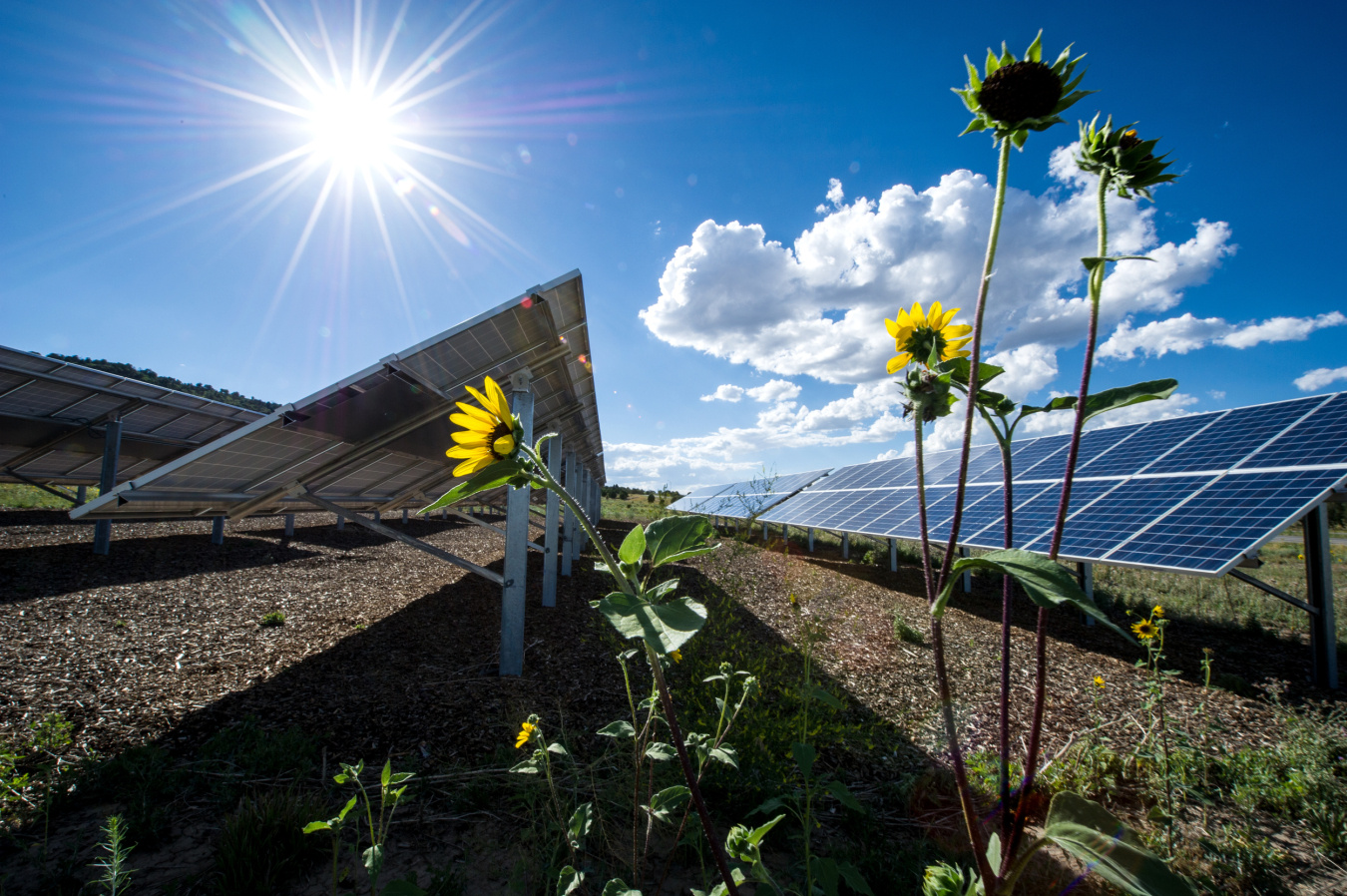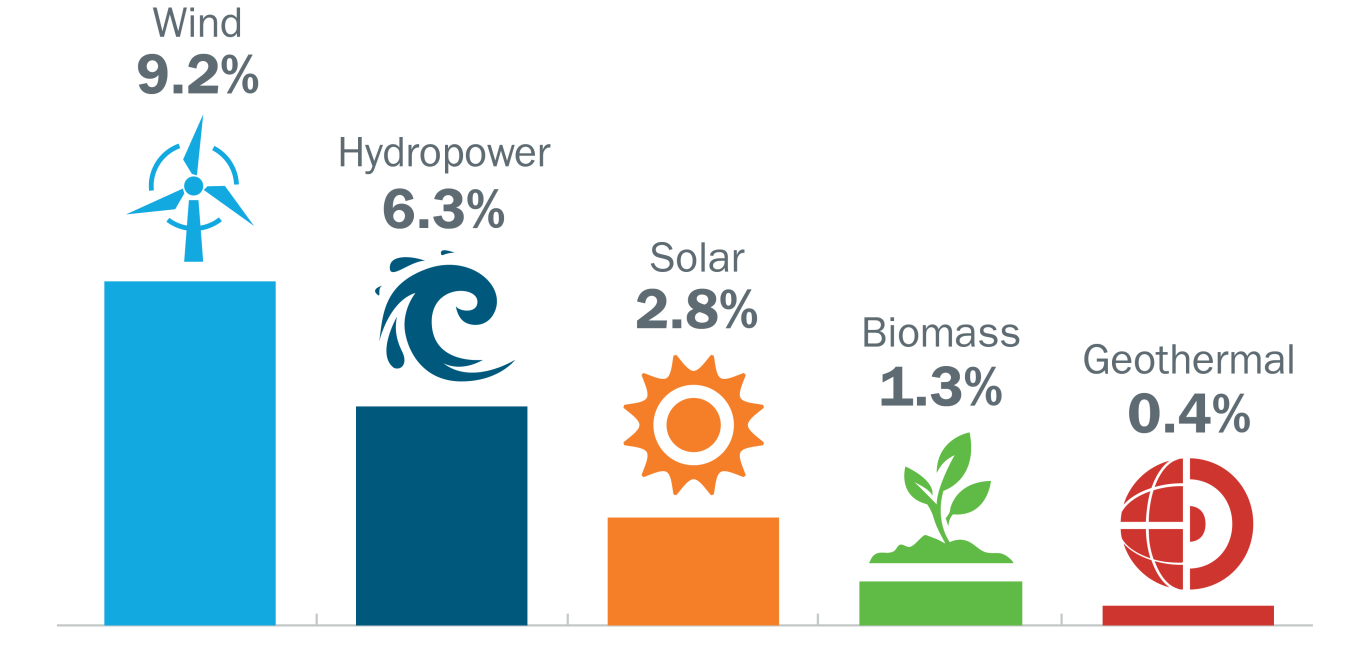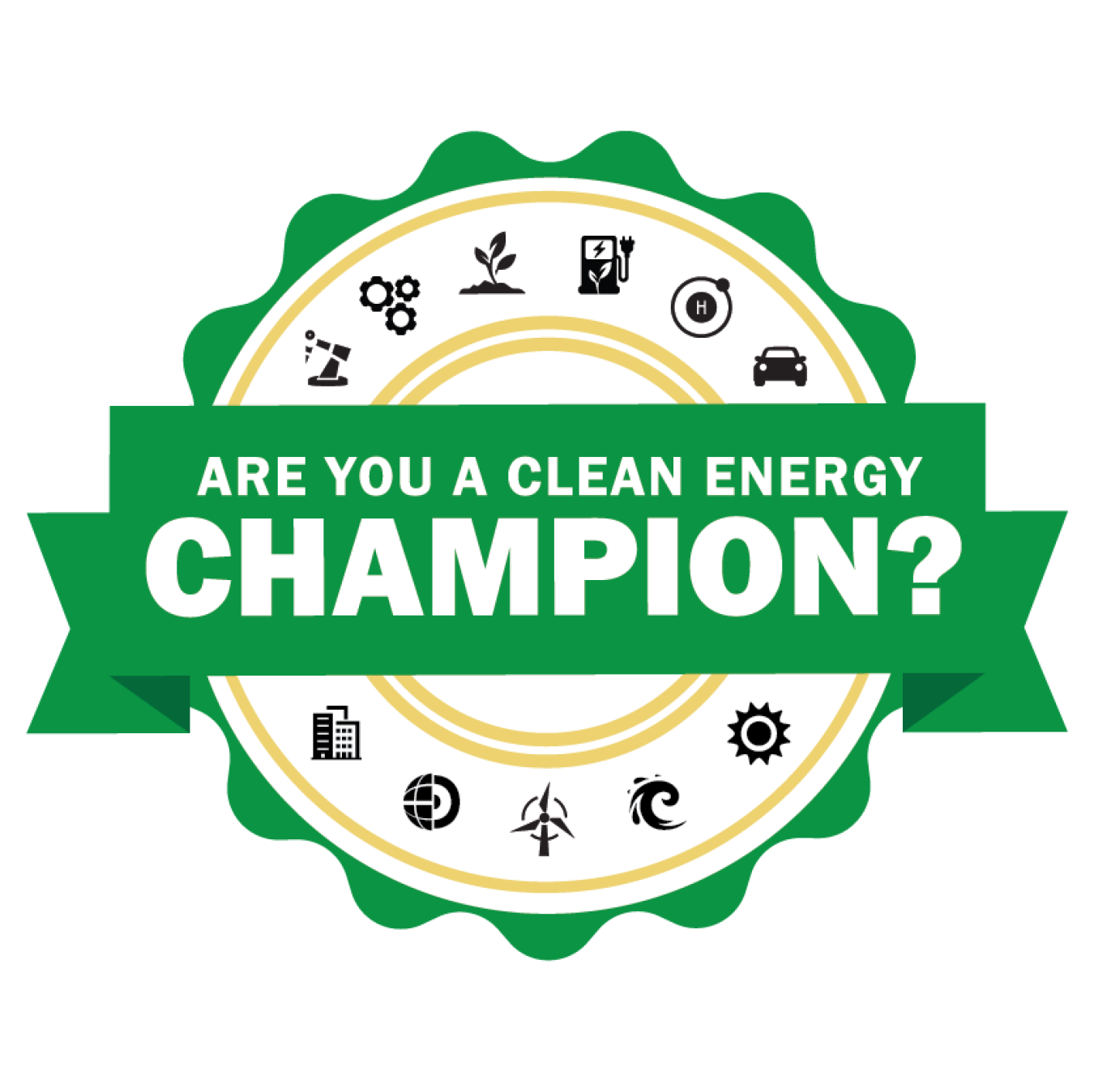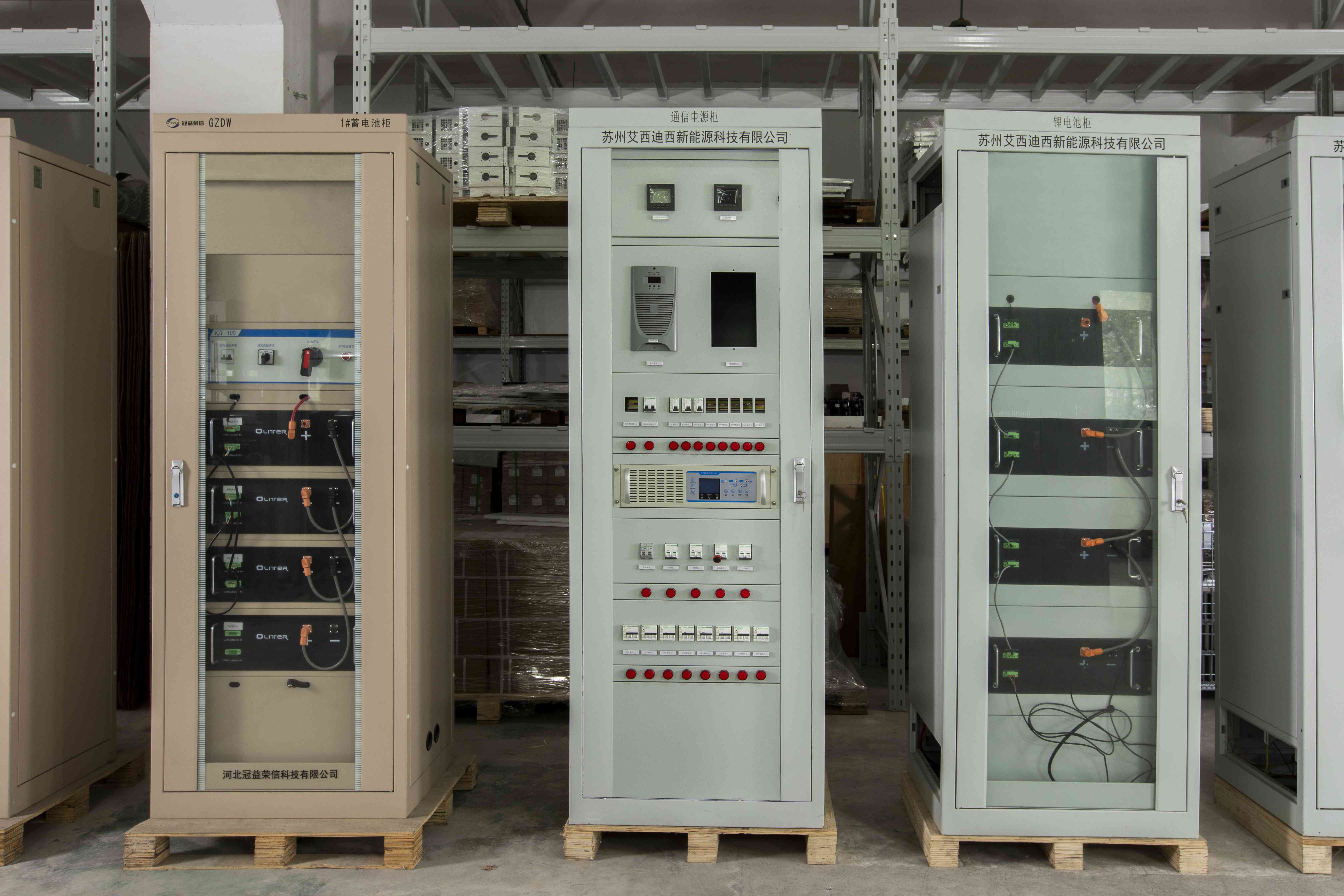
Jan . 15, 2024 15:55 Back to list
Renewable Energy-Types of Renewable Energy
Renewable Energy
Renewable energy is energy produced from sources like the sun and wind that are naturally replenished and do not run out. Renewable energy can be used for electricity generation, space and water heating and cooling, and transportation.
Non-renewable energy, in contrast, comes from finite sources that could get used up, such as fossil fuels like coal and oil.
Types of Renewable Energy
Renewable energy sources, such as biomass, geothermal resources, sunlight, water, and wind, are natural resources that can be converted into these types of clean, usable energy:
- Bioenergy
- Geothermal energy
- Hydropower
- Marine energy
- Solar energy
- Wind energy

Benefits of Renewable Energy
The advantages of renewable energy are numerous and affect the economy, environment, national security, and human health. Here are some of the benefits of using renewable energy in the United States:
- Enhanced reliability, security, and resilience of the nation’s power grid
- Job creation throughout renewable energy industries
- Reduced carbon emissions and air pollution from energy production
- Increased U.S. energy independence
- Increased affordability, as many types of renewable energy are cost-competitive with traditional energy sources
- Expanded clean energy access for non-grid-connected or remote, coastal, or islanded communities.
Learn more about the advantages of wind energy, solar energy, bioenergy, geothermal energy, hydropower, and marine energy, and how the U.S. Department of Energy is working to modernize the grid.
Backup Power Supply Distributed Outdoor Energy Storage Cabinet Self-Cooling-PW-164
Renewable Energy in the United States
Renewable energy generates about 20% of all U.S. electricity, and that percentage continues to grow. The following graphic breaks down the shares of total electricity production in 2021 among the types of renewable power:

In 2022, solar and wind energy are expected to add more than 60% of the utility-scale generating capacity to the U.S. power grid (46% from solar, 17% from wind).
The United States is a resource-rich country with abundant renewable energy resources. The amount available is 100 times that of the nation’s annual electricity need. Read more about renewable energy potential in the United States.
Office of Energy Efficiency and Renewable Energy
The U.S. Department of Energy's Office of Energy Efficiency and Renewable Energy (EERE) is the hub of renewable energy applied research, development, and demonstration activities in the United States.
EERE has three pillars: Renewable Energy, Sustainable Transportation, and Energy Efficiency. The Renewable Energy pillar comprises four technology offices:
EERE’s Bioenergy Technologies Office and Hydrogen and Fuel Cell Technologies Office conduct renewable energy research and development activities under the Sustainable Transportation pillar, and the technology offices in the Energy Efficiency pillar integrate renewable energy into their work.

Every American can advocate for renewable energy by becoming a Clean Energy Champion. Both small and large actions make a difference. Join the movement.
Advancing Renewable Energy in the United States
EERE offers funding for research and development to advance clean energy technologies. Find open funding opportunities and learn how to apply for funding.
The U.S. Department of Energy's 17 national laboratories conduct research and help bring renewable energy technologies to market. Learn more about the national laboratories and tech-to-market programs at EERE.
Renewable Energy at Home
Homeowners and renters can use clean energy at home by buying green power, installing renewable energy systems to generate electricity, or by using renewable resources for water and space heating and cooling.
Before installing a renewable energy system, it's important to reduce your energy consumption and improve your home’s energy efficiency.
Visit Energy Saver to learn more about the different ways to use renewable energy at home:
You may be eligible for federal and state tax credits if you install a renewable energy system in your home. Visit ENERGY STAR to learn about federal renewable energy tax credits for homeowners. For information on state incentives, visit the Database of State Incentives for Renewables and Efficiency website.
-
Next-Gen Energy Management System: Save Energy & Costs
NewsAug.25,2025
-
Intelligent Energy Management: Optimize & Save Power Smartly
NewsAug.24,2025
-
Boost Efficiency with Smart EMS & Energy Management Systems
NewsAug.23,2025
-
Smart Energy Management System | Save Costs & Boost Efficiency
NewsAug.22,2025
-
Advanced Energy Management Systems: Optimize & Save Costs
NewsAug.19,2025
-
Smart Energy Management System: Control & Monitor Usage
NewsAug.18,2025



